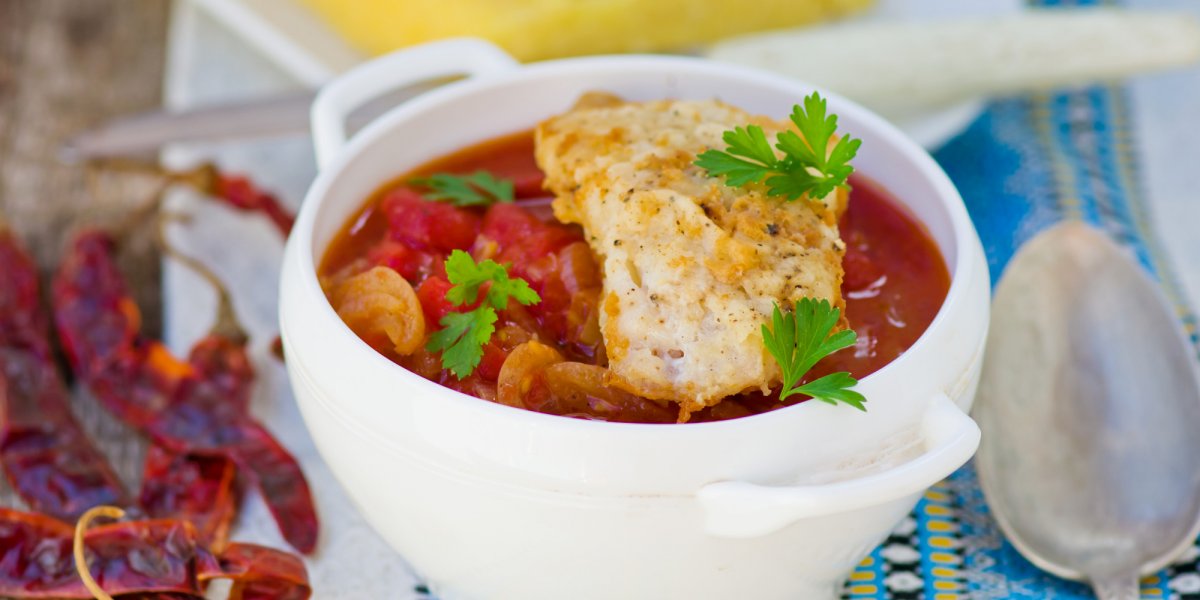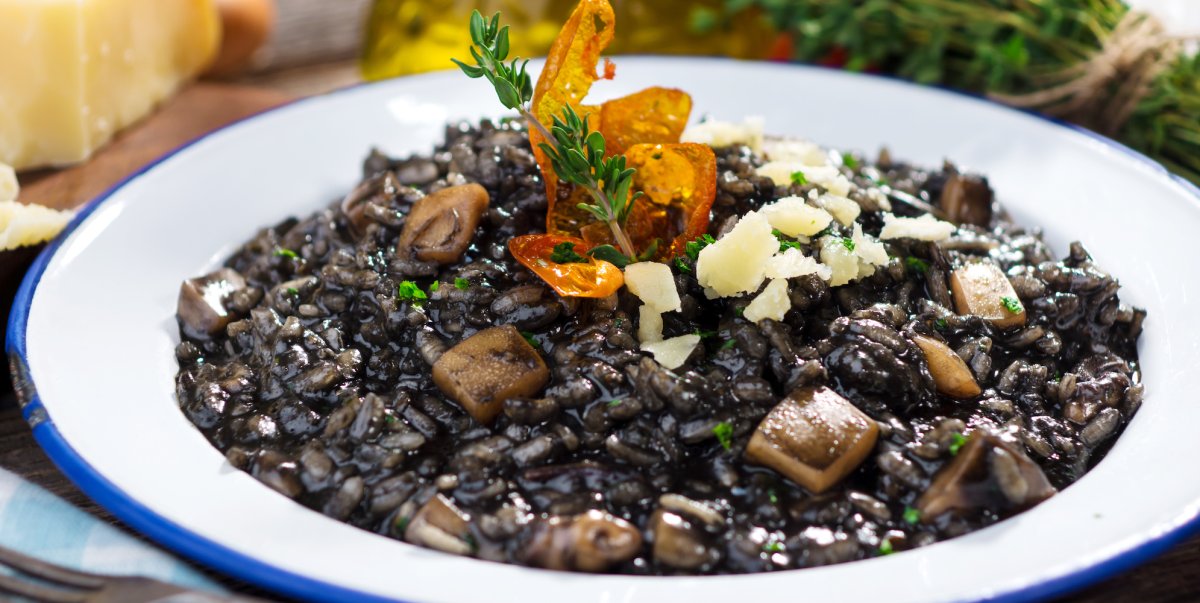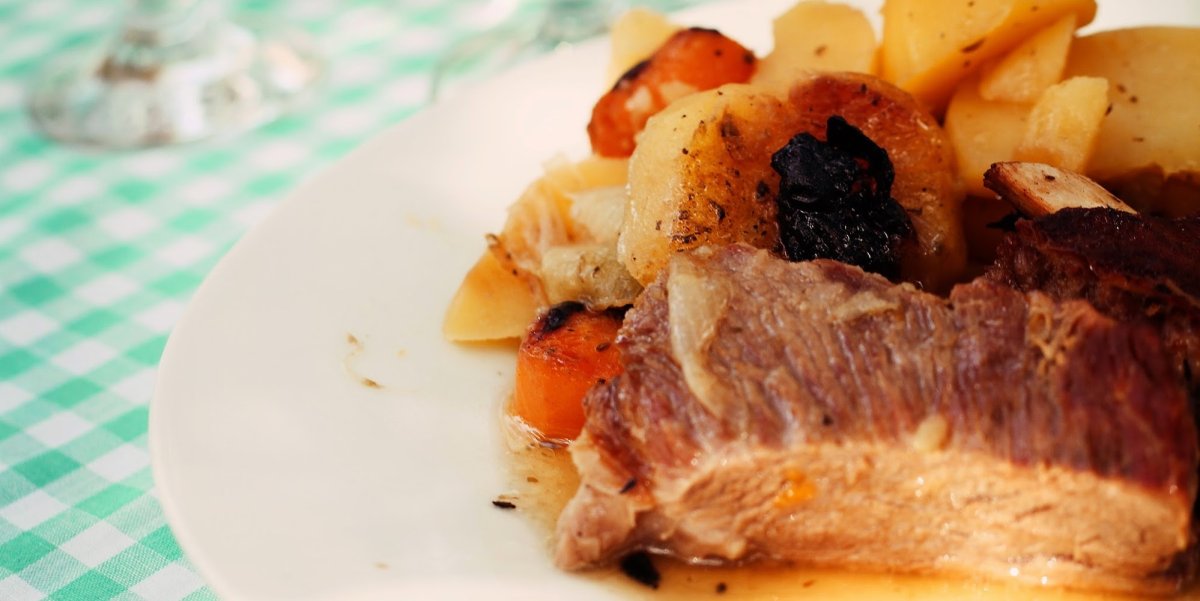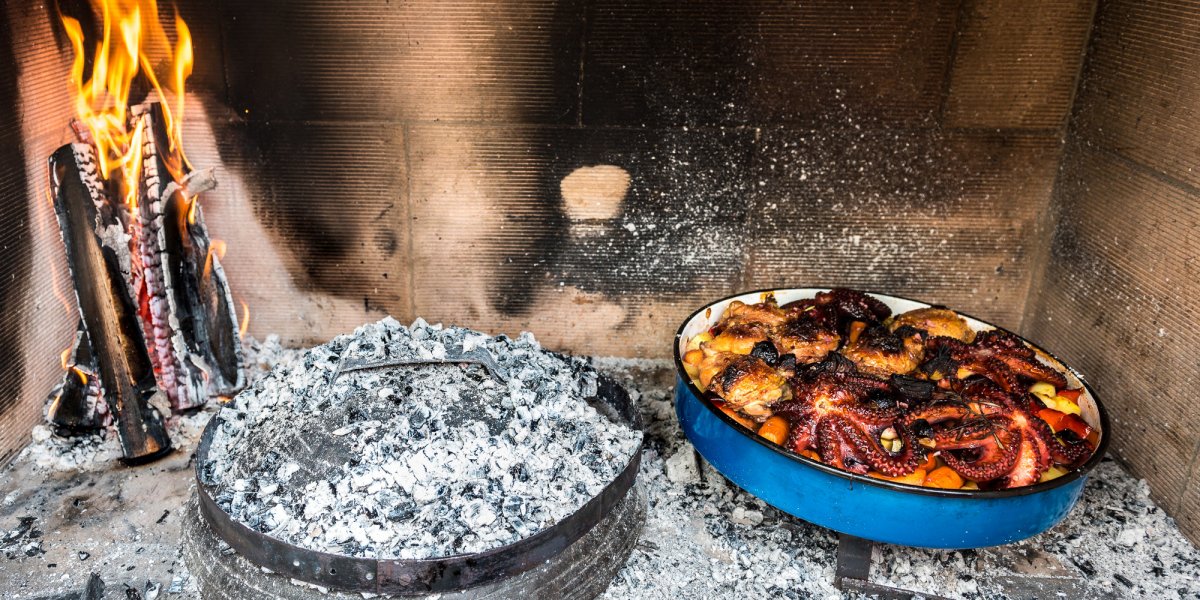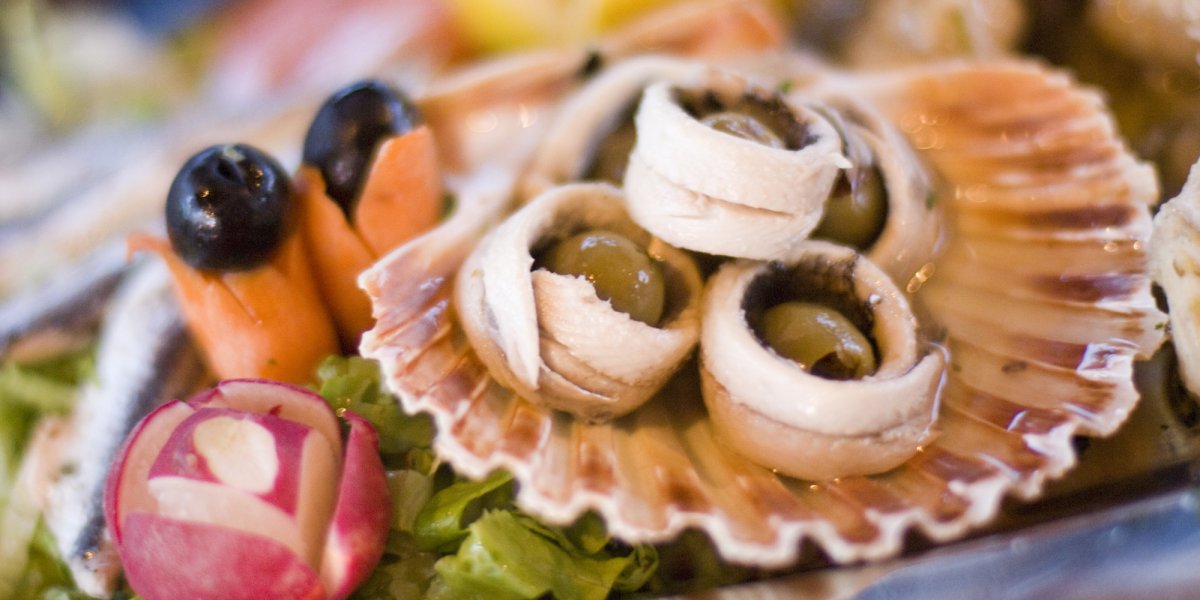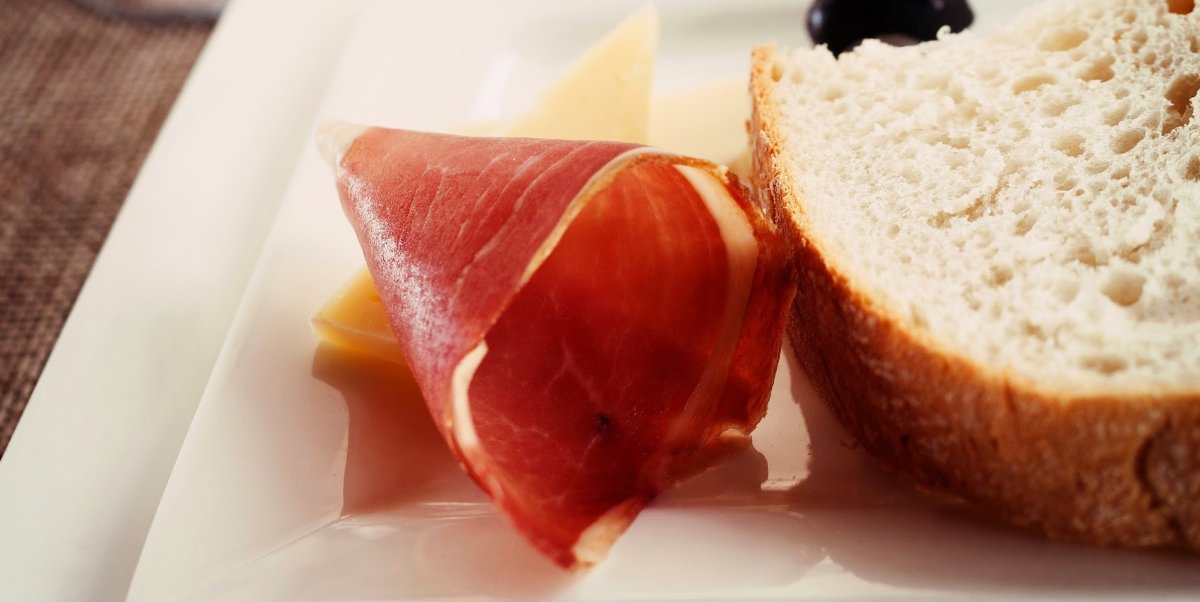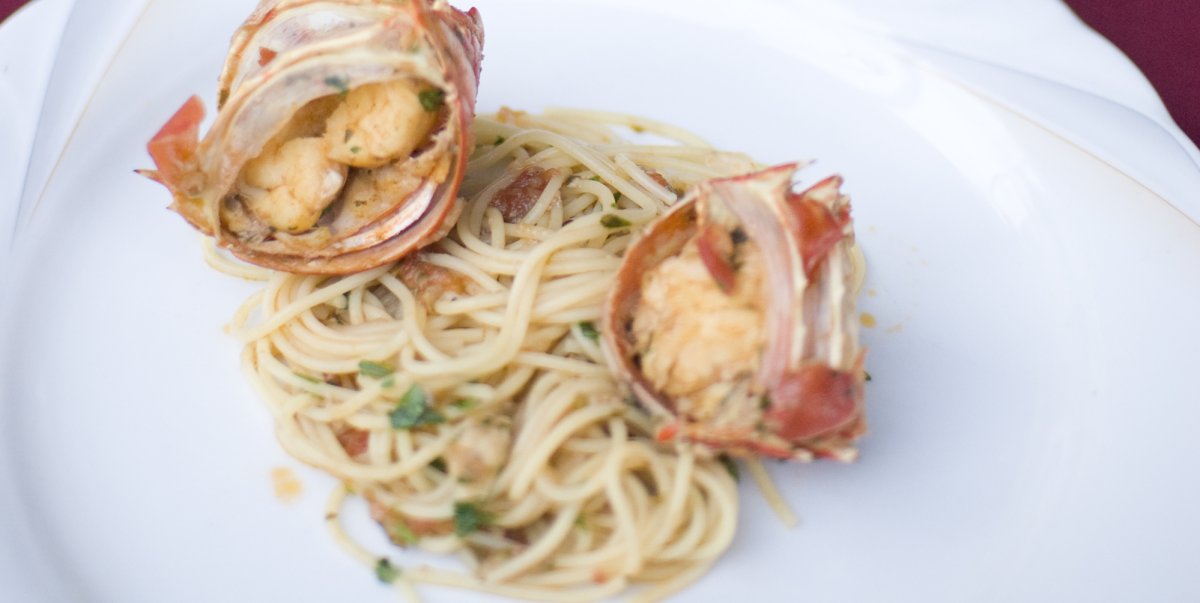10 Must Try Croatian Dishes
With rugged mountains backing historic cities, charismatic islands and idyllic waters, it’s no wonder Croatia's Dalmatian coast is one of the country’s most visited regions. But for those interested in having a stimulating culinary experience, it’s also a fascinating place to eat.
Croatia’s regional differences in cuisine tell the story of the country’s history. While the inland regions draw on their Slavic, Hungarian and Viennese influences, the coastal cuisine displays elements of Greek, Roman and Illyrian traditions. Having once been part of the Roman Empire and the Republic of Venice, the Dalmatian coast primarily exhibits culinary influences from its neighbor across the Adriatic Sea: Italy.
Today Dalmatia’s tavernas and restaurants dish up delectable dishes drawing on the bounties of the ocean and long-established techniques that are deeply rooted in tradition. Coupled with fine Croatian wine and Mediterranean breezes, here are 10 dishes not to miss when visiting Croatia. If you're looking for an incredible cullinary adventure, join us on our Signature Taste of Croatia Tour and discover that in order to truly experience Croatia, you must taste Croatia!
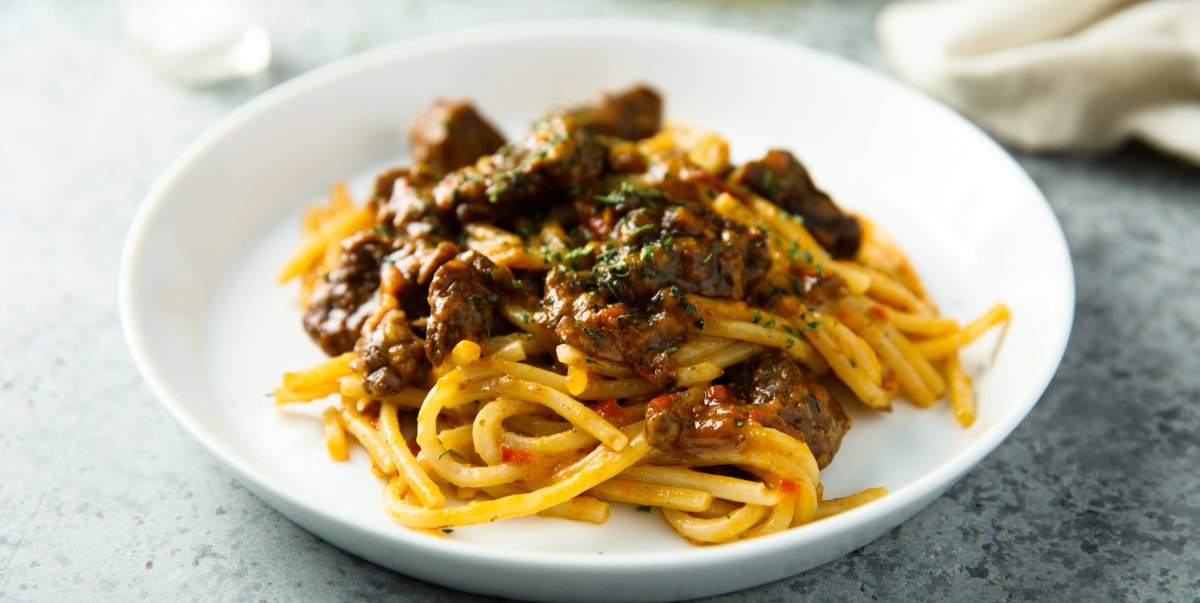
Šporki Makaruli
Particularly famous in Dubrovnik, šporki makaruli (or “dirty pasta”) features chunks of beef cooked in a cinnamon and wine flavored sauce. It has long been served on the feast day of St. Blaise, Dubrovnik’s patron saint, and dates back to the city's more aristocratic days. Back then, the nobles ate their fill of beef, leaving what remained to be mixed into macaroni for their servants. Hence the name “dirty pasta”.
Brudet
The traditional Dalmatian fish stew of brudet is made using a variety of locally-sourced fish and shellfish. Each seafood element plays a unique role in the dish, with one being for flavor, one selected for its flesh and another to help thicken the stew’s sauce. The flavors are enhanced with garlic, basil, parsley, wine and saffron. The savory seafood stew is then served with soft polenta or a rustic bread.
Crni Rižot (Black Risotto)
Colored by the ink of cuttlefish (which is believed by some to be a natural antidepressant), crni rižot, or “black risotto,” dates back to the Middle Ages when rice was first introduced by the Arabs. It has become a favorite dish throughout Dalmatia, drawing on locally-sourced cuttlefish and squid. Arborio rice is cooked with white wine, onion and garlic, with the cuttlefish ink added just before serving before being topped with parmesan cheese.
Rožata
Sharing similarities with crème brûlée, rožata is a traditional Croatian custard pudding that harks from the Dalmatian coast. It is named for the Dubrovnik-made rozalin rose liqueur that gives this sweet dessert its distinct flavor and aroma. While you can find similar versions using vanilla or other extracts, only custard pudding made with the local rose liqueur can truly be called rožata.
Pašticada
It might take a long time to cook, but the flavors of pašticada are well and truly worth the wait. This traditional Dalmatian beef dish, dating back to the 15th century, is traditionally served to mark the feast day of Sveti Jeronim in the village of Veliko Brdo. The beef is stuffed with garlic, cloves, carrots and bacon before being salted and marinated in vinegar overnight. It’s then roasted with onions, nutmeg, prunes, dried figs, parsley and the sweet dessert wine prošek for up to five hours. Pašticada is often served with a helping of gnocchi.
Peka
Peka, beyond being one of Dalmatia's most popular dishes, refers to the large metal baking dish with a bell-shaped lid used to cook the self-same dish. Peka traditionally combines vegetables with either meat or seafood (usually lamb or octopus) that is slow cooked in an open fireplace with hot coals. The ingredients are placed in the peka dish, drizzled with olive oil and herbs, then roasted in the embers for a couple of hours using a traditional method of cooking known as cripnja, or “under the bell.” You’ll see peka on restaurant menus throughout Dalmatia and it’s so popular that many families have a special outdoor oven in their gardens specifically for creating this dish.
Marinated anchovies
Marinated anchovies are loved throughout the Mediterranean and in Dalmatia. You often find them accompanied by capers, onions, salad leaves and tomatoes as an appetizer. Salt-marinated anchovies have been a staple food throughout the region since ancient times when salt was used to preserve fish and sustain families through the winter months. For some of Dalmatia’s best marinated anchovies, head to the islands of Šipan or Vis.
Bakalar
Traditionally served on Christmas Eve, bakalar is a salted cod delicacy that has been eaten in Dalmatia for centuries. It needs to be prepared well in advance, with the cod soaked in cold water for 2-3 days before being boiled with potatoes. The mixture is then flavored with parsley, salt, pepper, oil and garlic before being blended into a paste-like consistency. Bakalar is served lukewarm and drizzled with olive oil.
Dalmatian pršut
Prosciutto has been produced in Dalmatia since ancient Roman times, with the traditional method being passed down from generation to generation. Sea salt is added to pork meat before being smoked and matured for at least 12 months; using the natural drying process, Dalmatian pršut is created without any preservatives or additives. Dalmatia’s Mediterranean climate and exposure to windy conditions makes it ideal for drying and maturing this local prosciutto, which has become a gastronomic symbol for the region.
Buzara
With Adriatic scampi having a particularly delicate taste, it would be a shame to leave Dalmatia without sampling scampi alla buzara. “White” buzara is made using white wine, butter, garlic and parsley, while “red” buzara adds in tomatoes for a dash of color and taste. Mussel buzara is also popular and the dish is usually served with polenta, pasta or fresh bread that can be used to mop up the delicious sauce.

